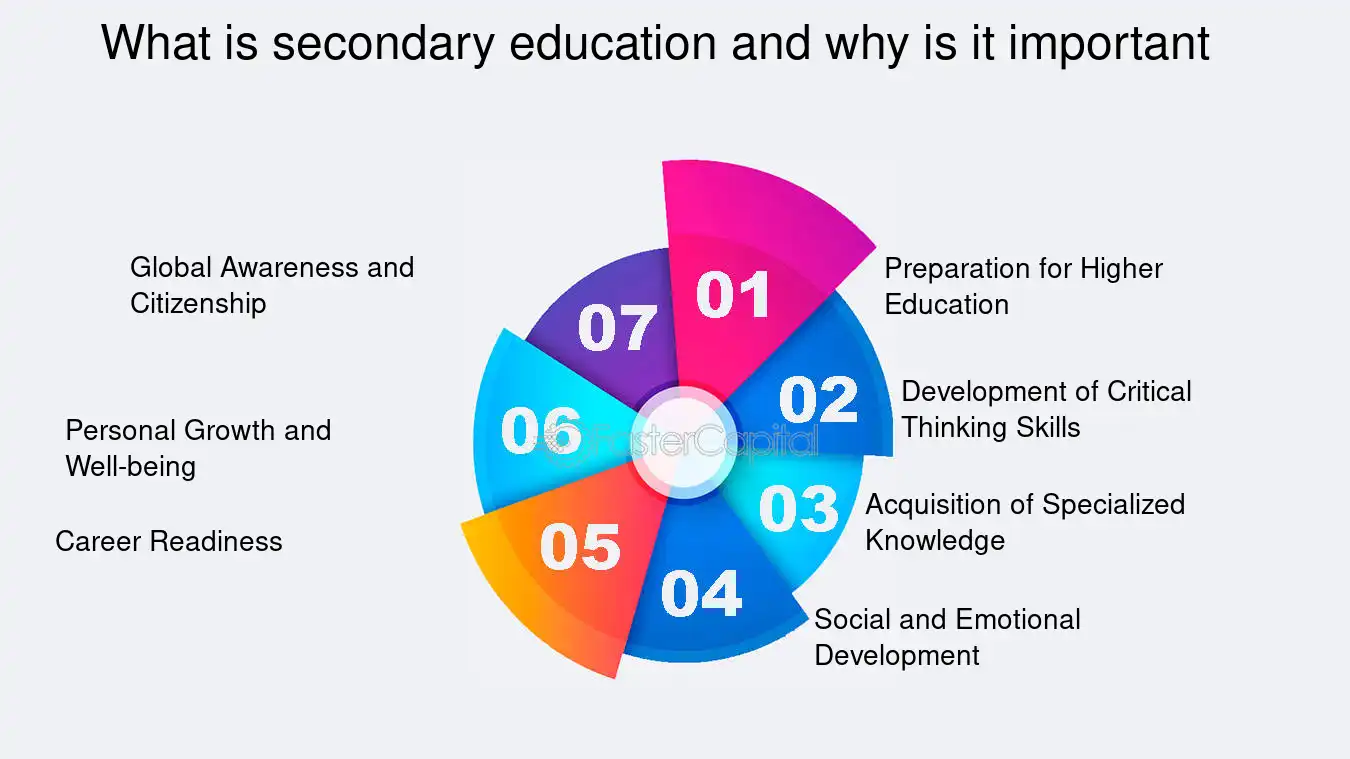
What is Secondary Education? A Clear Guide for Students & Parents
Understanding what is secondary education is crucial for both parents and students as it marks a transformative stage in academic life. Situated between primary schooling and higher education, this level serves as a bridge that supports intellectual growth, personal development, and career preparation.
Definition of Secondary Education
Secondary education typically refers to the stage of learning that occurs after primary and before tertiary (university-level) . Globally, it usually includes grades 6 or 7 through grade 12, although structures may vary. This stage is often divided into two levels: lower secondary (junior high) and upper secondary (senior high).
Structure of Secondary Education
Lower Secondary Education
This phase generally covers early adolescence, focusing on broad academic subjects such as:
- Mathematics
- Science
- Social studies
- Languages
It aims to build foundational skills and prepare students for specialized learning.
Upper Secondary Education
Here, students typically begin to specialize in specific subject areas depending on their interests or career goals. Options might include:
- Technical education
- Vocational training
- College-preparatory courses
Purpose of Secondary Education
The primary goal of is to continue the development of learners both academically and personally. It prepares them for:
- Tertiary education
- Employment
- Civic responsibility
Not only does it deepen knowledge in core subjects, but it also fosters skills such as critical thinking, problem-solving, and collaboration.
Importance in Personal and Social Development
goes beyond academics. It plays a major role in:
- Enhancing social skills
- Encouraging independence
- Instilling ethical values
Moreover, it serves as a platform where students can discover interests and talents, often shaping future aspirations.
Global Variations in Secondary Education
Although the term “” is universally recognized, the structure and curriculum vary by country. For example:
- In the United States, it includes middle school and high school.
- In the UK, it is divided into Key Stages 3 and 4.
- In India, it spans from Class 9 to Class 12.
These differences reflect cultural priorities and educational philosophies, yet the core purpose remains consistent worldwide.
Curriculum and Subjects Offered
A typical secondary school curriculum includes:
- Core Subjects: Math, Science, Language Arts, and Social Studies
- Electives: Art, Music, Physical Education, and Technology
- Career and Technical Education (CTE): Engineering, Health Sciences, IT
Through this diverse curriculum, students can explore academic and practical pathways.
Assessment and Evaluation Methods
Students at the secondary level are assessed through various methods:
- Written exams
- Project-based assessments
- Oral presentations
- Practical tests
These evaluations measure both theoretical understanding and practical application, providing a comprehensive review of student progress.
Challenges Faced in Secondary Education
Despite its benefits, also presents challenges:
- Student disengagement
- Inequality in access
- Pressure from standardized testing
However, reforms and innovations such as personalized learning and digital classrooms are helping to address these issues effectively.
The Role of Teachers and School Administration
Teachers play an essential role in shaping the secondary education experience. Their responsibilities include:
- Designing inclusive lesson plans
- Providing mentorship and guidance
- Facilitating extracurricular activities
School administrators ensure that institutions are well-managed, safe, and conducive to learning.
Parental Involvement in Secondary Education
Active parental engagement can enhance student performance significantly. Parents can:
- Attend school meetings
- Monitor academic progress
- Support career and college planning
Working in partnership with educators creates a supportive environment for teenagers.
Transition to Tertiary Education or Workforce
At the conclusion of secondary education, students often face two primary paths:
- Enrolling in universities, colleges, or vocational institutions
- Entering the workforce with marketable skills
Proper counseling and planning during secondary years make these transitions smoother.
Frequently Asked Questions (FAQs)
1. What is secondary education in simple terms?
Secondary education is the schooling students receive after elementary school and before college, usually from grades 6 to 12.
2. What age group is covered under secondary education?
Typically, it includes students aged 12 to 18 years.
3. How is secondary education different from primary education?
Primary education focuses on basic literacy and numeracy, while secondary education emphasizes deeper subject knowledge and skill development.
4. Is secondary education the same worldwide?
No, while the concept is universal, its structure and content vary significantly by country.
5. What comes after secondary education?
Students usually pursue higher education or enter vocational training or the workforce.
6. Why is secondary education important for career growth?
It equips students with academic and practical skills, laying the foundation for future career opportunities.
Conclusion
In summary, understanding what is secondary education is essential as it significantly shapes a person’s academic and professional journey. With a well-structured curriculum, developmental goals, and global relevance, secondary education serves as a critical stepping stone toward adulthood. Whether preparing for college or entering the workforce, this educational phase plays a pivotal role in unlocking future opportunities.